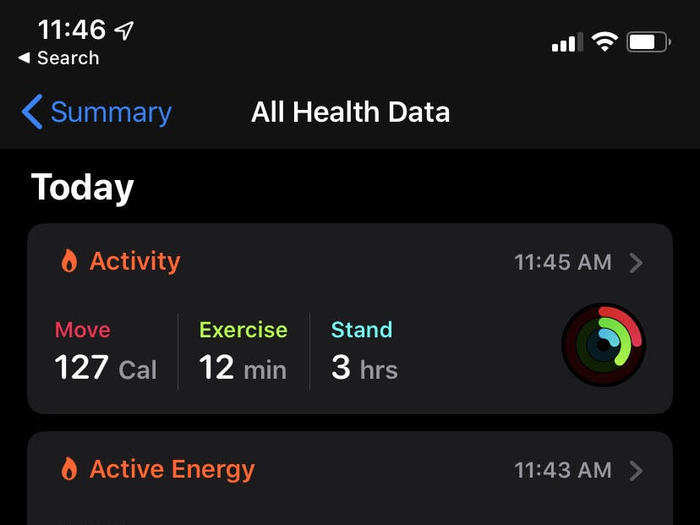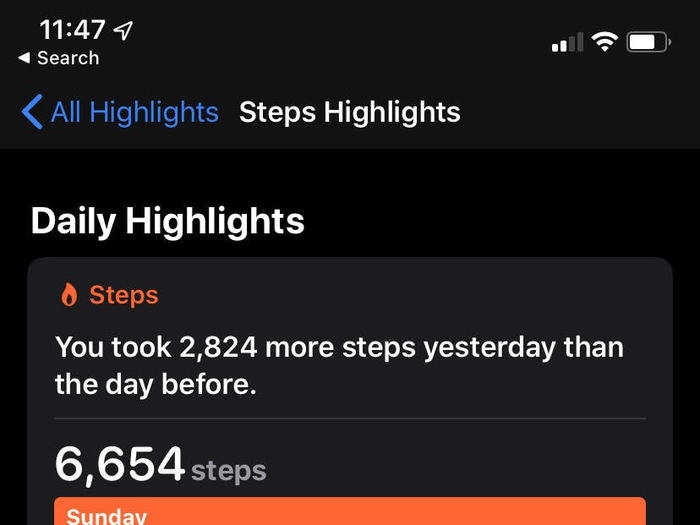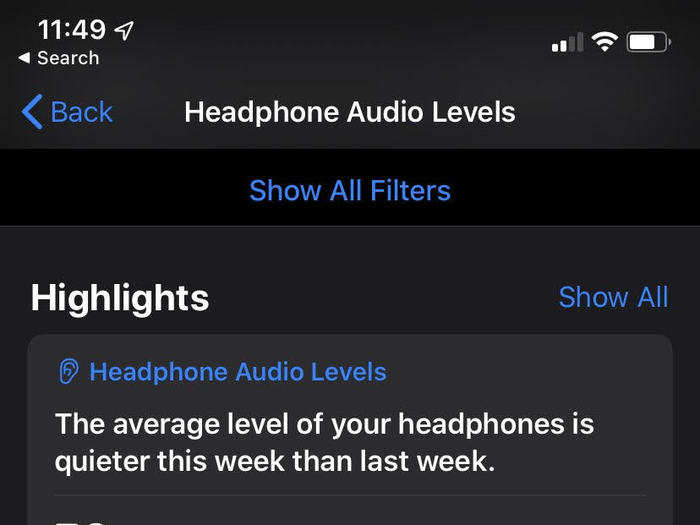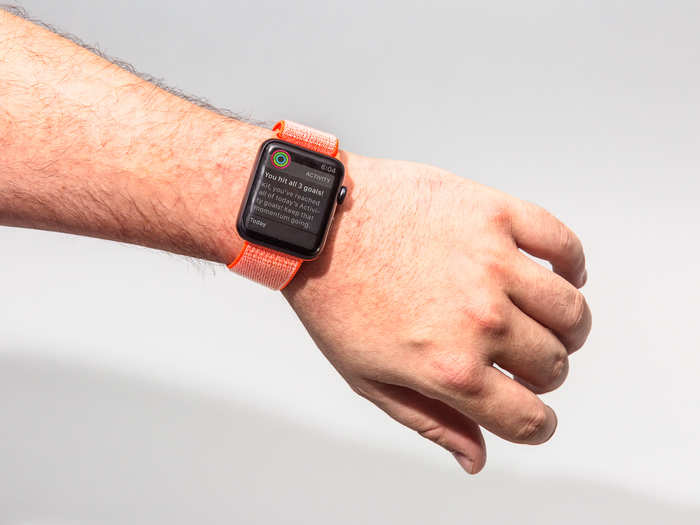- Home
- slideshows
- miscellaneous
- How Apple's next major iPhone update will turn your phone into a much better health tracker
How Apple's next major iPhone update will turn your phone into a much better health tracker
A more comprehensive home screen.

A better snapshot of your health data.

Instead of having to tap each category to see information about metrics like activity and your heart, the new Health Data section serves up a wealth of data right away. When tapping the "Show All Health Data" button from the Summary, you'll be brought to a page that lists recent readings for all of your relevant metrics for the current day.
It shows progress made toward your stand rings, your resting heart rate and general heart rate, the distance you've walked and ran so far, the number of steps you've taken, and many more statistics. You can also tap any of these statistics to get more information, such as how that metric compared to the week before.
As is the case with the Summary page, the biggest benefit of this new interface is the ability to view more data more quickly — with fewer taps. All of these statistics are just one tap away from the Health app's home screen, for example, whereas in the current app you have to navigate to the Health Data tab and choose a data category (activity, heart, sleep) to access metrics that aren't shown in the Today view.
More insight about your activity.

The new Highlights section gives Apple's Health app a key characteristic it was missing: Instead of just providing data, the Highlights section gives you more context about those statistics and what the numbers actually mean.
Tapping the "Show All Highlights" button on the summary view brings you to a new page where you can tap specific metrics to see highlights for each category. These highlights provide more information about how a certain metric compares to the week prior and whether you're on track to perform as usual on a given day.
For example, the highlights page for the steps metric told me that I'm walking less than usual by this point in the day, and that yesterday I walked more than the day prior by nearly 3,000 steps. It provides similar insights based on the week, month, or year too.
The current Health app also displays data based on the day, week, month, or year, but it doesn't draw conclusions from the data the way the new version does.
A new metric for hearing health.

Apple is also adding two new data metrics, one of which introduces the ability to keep track of whether you may be listening to music too loudly.
Like other metrics, the new hearing health statistic is broken down by day, week, month, and year. The app displays whether your audio exposure was "OK" or "loud" during these periods of time, with "OK" being defined by sounds below 80 decibels and anything above 80 decibels being classified as "loud." Long-term exposure to sounds below 80 decibels is safe and should not affect your hearing, the app says, while prolonged exposure to loud sounds above that threshold could lead to damage.
The app provides guidelines for listening to music or other audio at 80 decibels and higher, saying that you should only listen to music at 80 decibels at a maximum of 40 hours per week, while audio at a volume of 90 decibels is only safe for four hours per week.
Apple also says its measurement of headphone audio levels are most accurate if you're using headphones made by Apple or Beats, while audio played through other wired headphones or speakers can be estimated based on your phone's volume.
Female health tracking.
Third-party apps have long offered the ability for women to log their menstrual cycles and associated symptoms, but in iOS 13 this feature will be available by default.
The app can predict the days during which you might get your period, as well as the days it thinks you will definitely have it depending on the information you provide when setting up the feature. You can also log characteristics like your flow level and symptoms, making it easy to quickly share such information with a doctor if necessary.
Overall, it's a big improvement that could make the Apple Watch a more tempting option for fitness enthusiasts.

A fitness tracker is only as useful as the data you're able to get from it, and the improved health app represents a notable step forward for Apple as a fitness-tracking platform.
Taken together, the changes make it easier to see more information quickly and draw conclusions about your health and fitness. It's too soon to tell whether Apple's revamped Heath app succeeds over competitors like Fitbit, which has an intuitive app with a dashboard that shows important metrics in an easy-to-read grid. But it's certainly a step in the right direction that gives Apple some crucial elements it had been missing.
Popular Right Now
Popular Keywords
Advertisement